Netflix’s You has once again returned with new love stories, new misadventures, new cities, and jaw-dropping revelations keeping the audience at the edge of their seats. As the first part of season four hit the screen, fans were treated to a seemingly revamped version of Joe (Penn Badgley) where he is ready to shed his obsessive streak and begin his new life in the literary and cozy city of London as Professor Jonathan Moore.
However, things take a completely new turn in part two after fans discover that the real identity of the “Eat the Rich” killer was not Rhys Montrose (Ed Speleers), but a figment of Joe’s imagination manifested as Montrose. As shocking as the twist appears, this isn’t the first time You managed to baffle its audience with highly intriguing plotlines. If you’ve been an ardent fan of the series and religiously followed it since it first released, then the extremity of Joe’s obsession and its terrible consequences won’t come as a surprise.
Despite that, viewers were interested to know how far he can/will go with his murderous obsessions and the trail of bodies he’ll leave behind as a result. While the show remained true to its core concept throughout its run, there are a few storylines that were certainly more appealing than others. Let’s rank the You seasons from worst to best.
4. Season four
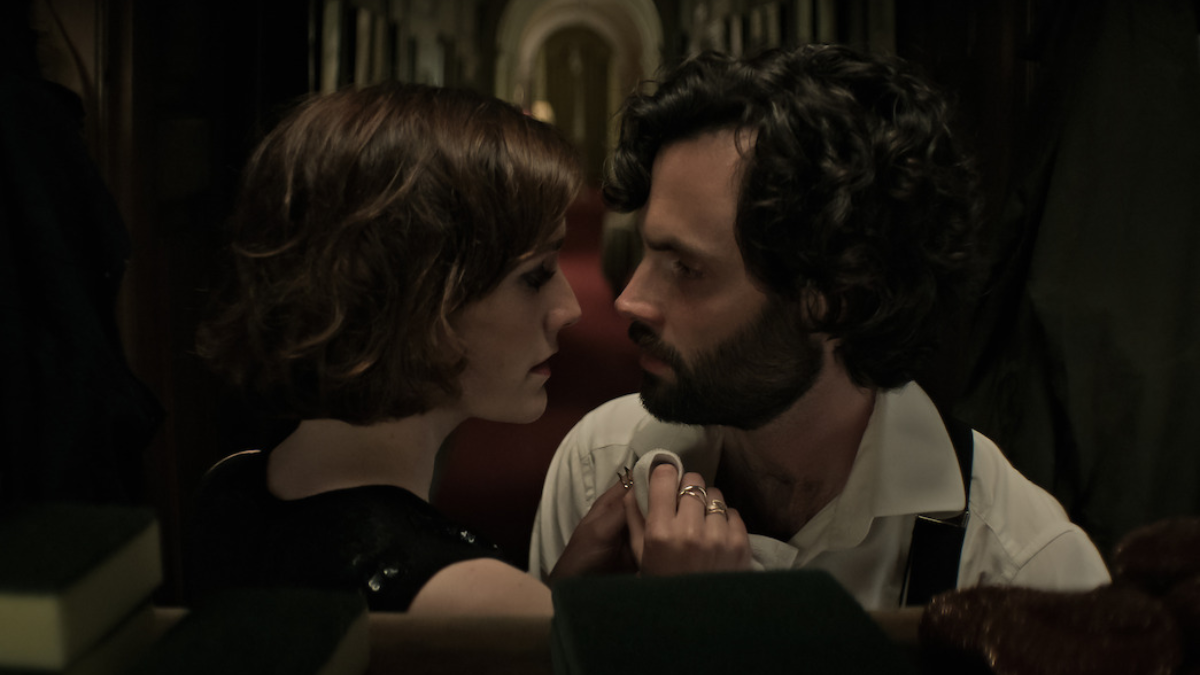
The viewers are introduced to a new Joe in a new city — caught in murder mysteries of which he did not seem to be the perpetrator. Sounds weird, huh? In the first half of season four, Joe gets inducted into the inner world of ultra-rich London folks and their hedonistic lifestyles. Being a grounded book lover who claims to believe in what’s “real,” Joe is disapproving of his new friends and their wealth, which he deems was the reason for their insensitivity and irresponsibility. This isn’t the first time we see Joe’s inadvertent involvement in a world where he “doesn’t belong.”
Be it Peach Salinger in season one, Forty Quinn in season two, or Sherry Conrad in season three, Joe has a history of messed-up relationships with the obnoxious rich people he seemingly encounters at every step of his life. So, when Rhys Montrose is revealed as the “Eat the Rich” killer at the end of part one (who was also the one who was blackmailing Joe all along), the viewers were astonished and eager to find Joe’s position in this hot mess.
Only for the second part of the season to reveal that the killer Rhys is a figment of Joe’s imagination and all the interactions Joe had with Rhys up until then was a manifestation of his hallucination. Yes, Joe never actually left his old ways of murdering people who he considered unworthy. Only this time, his split personality disorder made him unaware of his crimes. As interesting and jaw-dropping as the revelation is, the “twist” in the plot twist is quite derivative. One can state with certainty that blockbusters with similar plotlines like Fight Club could have been a major inspiration here.
Besides, most of the characters are less layered compared to the previous seasons. This has impacted the whole season — making it suitable for only a single viewing.
3. Season two

After a phenomenal season one, the viewers were waiting for a fresh beacon of hope in the form of season two. This is primarily because of how the first season ended on a cliffhanger with the return of Candace, Joe’s obsessive love interest before Beck. However, throughout its run, the plot becomes repetitive and somehow monotonous — probably because there is nothing new to the story. The new season sees Joe fleeing to Los Angeles to escape his former love interest Candace (who, by the way, knows the truth about Joe). There, he creates a new identity and travels around the city under the alias Will Bettelheim while imprisoning the real Will inside his trademark glass cage.
Along the way, he meets new people who go on to play a significant role in the story. These include his bookstore owner, Forty Quinn, his house owner, Delilah, her teenage sister, Ellie, and of course, a new obsession, Love Quinn (Victoria Pedretti). Overall, the plot seems to be a replica of season one barring a few variations. The viewers are also introduced to certain new faces stepping into the shoes of some prominent characters of the previous season. This includes Ellie who, not unlike Paco, is an unloved victim of her immediate surroundings.
Like Paco, who is shown to be traumatized by his mom’s abusive boyfriend Ron, Ellie faces the risk of getting sexually exploited by Henderson (who is later murdered by Joe). Both Paco and Ellie become the primary recipients of Joe’s savior complex and the second season refused to make any new variations in this portrayal. In a similar vein, Love is replaced with Beck as Joe’s “love interest,” and throughout the show, we see the same level of Joe’s murderous obsession that he had with Beck. However, the only redeeming point of this season is the truth about Love (that she is an obsessive killer just like Joe), which gives it an edge over the fourth season.
2. Season three
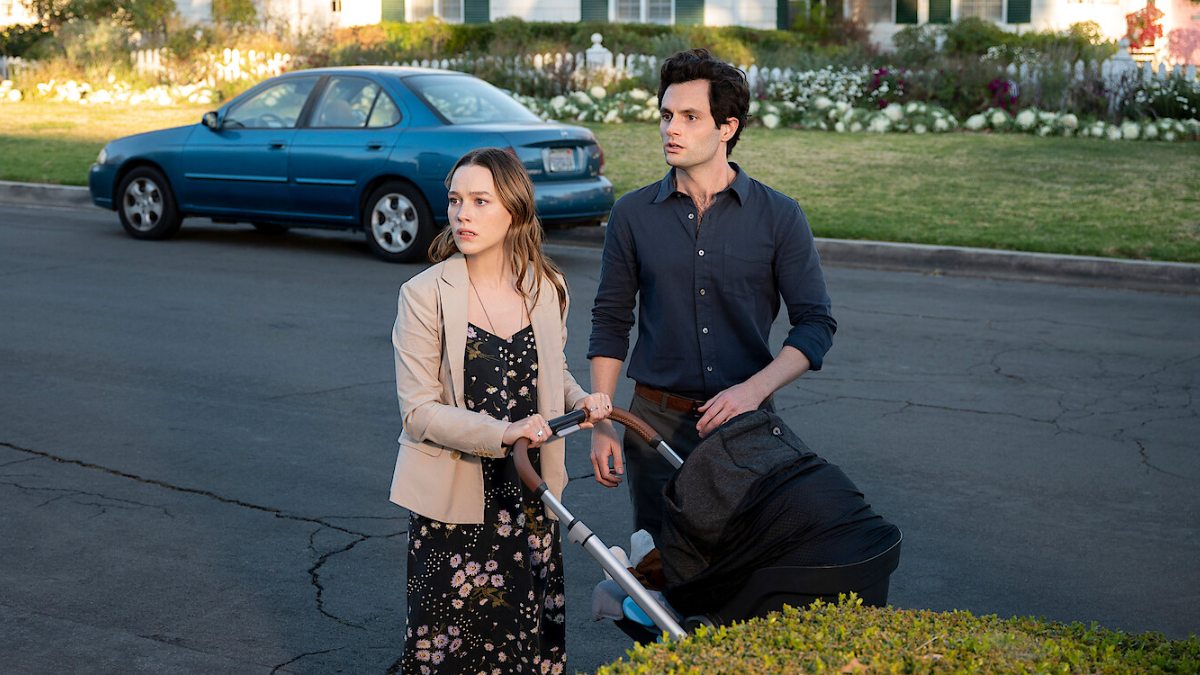
The second season ends with Love confessing her pregnancy, which saves her life as Joe nearly kills her after learning about Love’s truth. The third season of the series is a continuation of the story where the viewers are treated to Love and Joe as a married couple. They move from Los Angeles to Madre Linda, and the sprawling lawns of suburbia provide them with enough space to navigate their marital relationships, troubles, and jealousies. For the first time, fans encounter Joe’s equal, who’s far more brutal, impulsive, and unpredictable.
In fact, Joe’s obsession with his neighbor, Natalie, lasted for merely an episode before a jealous Love buried a shovel in her head. Of course, this scene broke the usual pattern of the show as Joe finds a challenging obstruction in his mission of finding his “true love.” From there, a toxic relationship brews between Joe and Love, leaving the audience wondering who will win in the cat-and-mouse game. Shockingly, yet expectedly, the season received a deadly culmination after Joe injects Love with a shot of aconite, killing her and setting ablaze the whole house.
This season is one of the best of all as it provides an insight into Joe and Love’s troubled marriage — and in the process, shows the limitations of Joe’s capabilities as a psychopath.
1. Season one
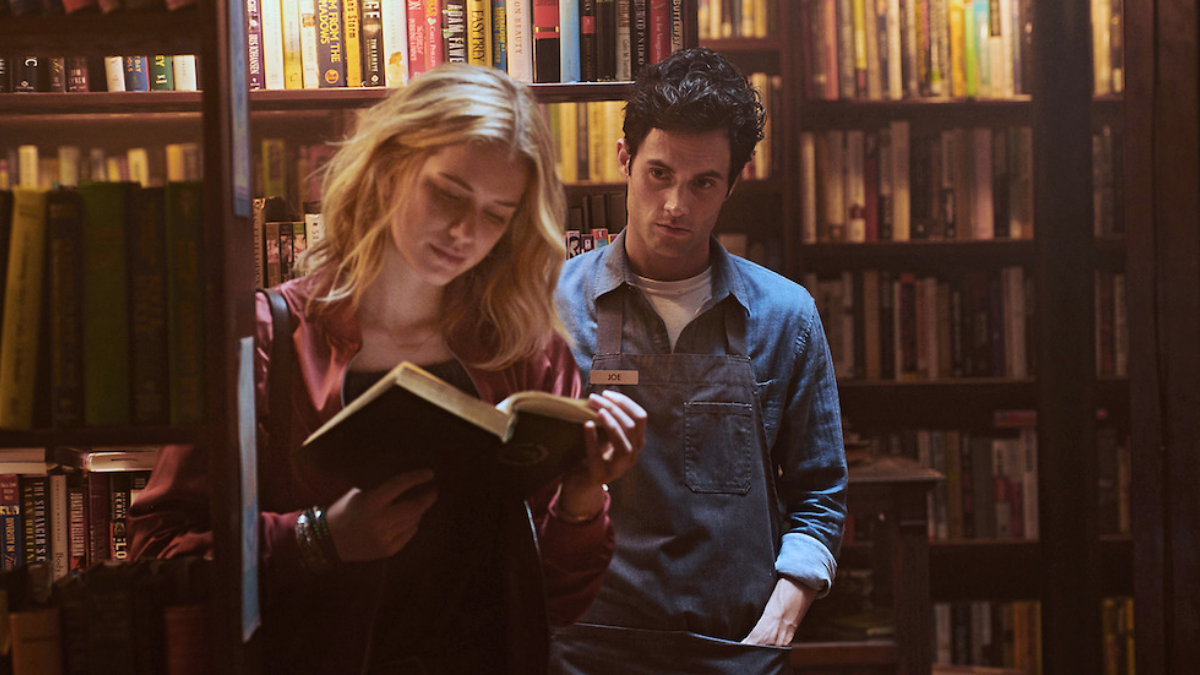
The best season of all for which You is most known for, season one serves as an introductory statement to the viewers about who Joe is and to what extent he will go to eliminate those he deems as an obstruction to him finding his love. It all starts with Joe meeting an aspiring writer, Beck, in his bookstore. He is wooed by her realness and passion. Thereafter, he starts stalking her on social media and stands outside her window to keep a tab on her whereabouts. What feels like love for Joe is nothing more than an unhealthy obsession that throughout the series’ run, leaves behind nothing but pain, chaos, and death. Not to mention the season sets a blueprint for the rest of the show.
Through the leading female protagonist Beck (Elizabeth Lail), who is also Joe’s first on-screen victim, the viewers derive an understanding of potential victims that Joe perceives as his soulmate. In Joe’s opinion, a lonely, fragile, and insecure woman needs a man to protect her, and Beck perfectly fits the criteria. To save Beck from the vices and brutalities of the world, Joe kills anyone he thinks would pose a threat to her in any way. In the end, Joe killing Beck just because she refuses to accept his love is proof of his purely psychotic behavior masquerading as love.
Overall, the gripping storyline and the twists in this season make it worth watching multiple times.

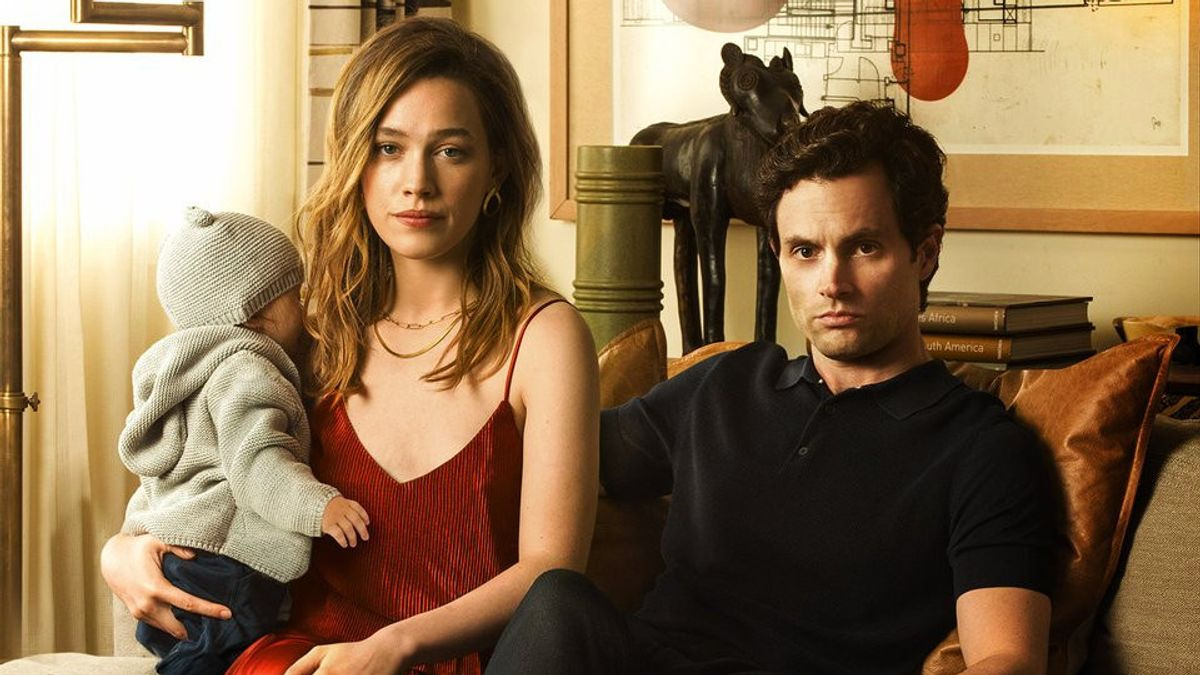



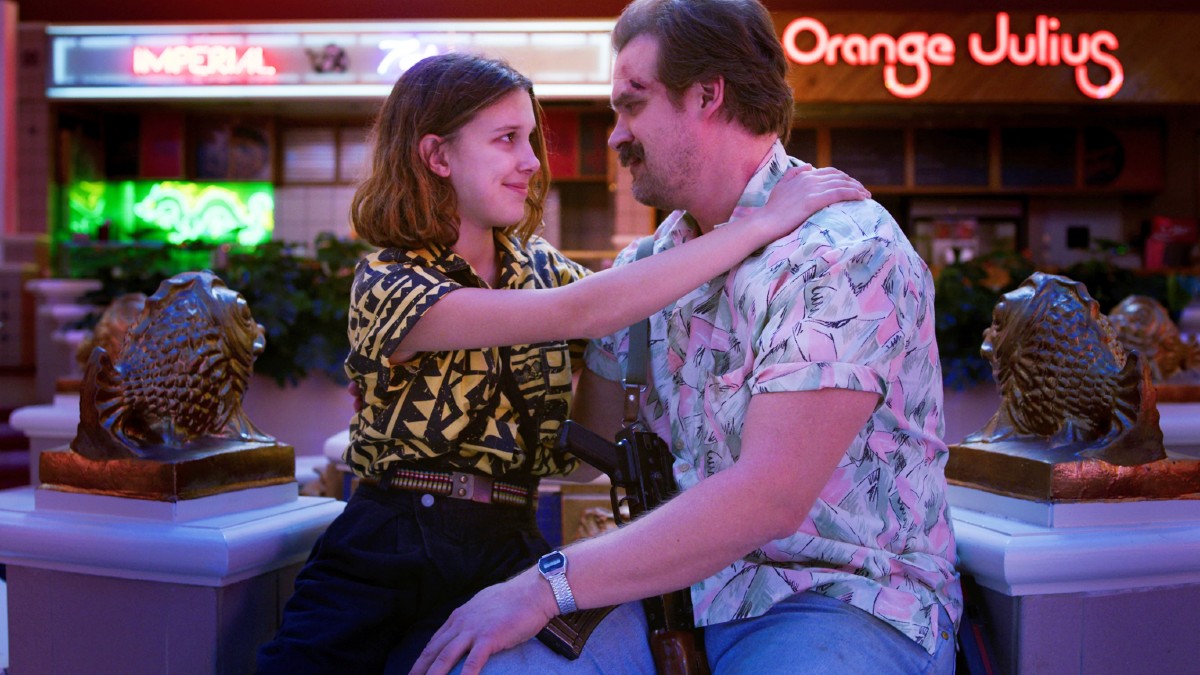

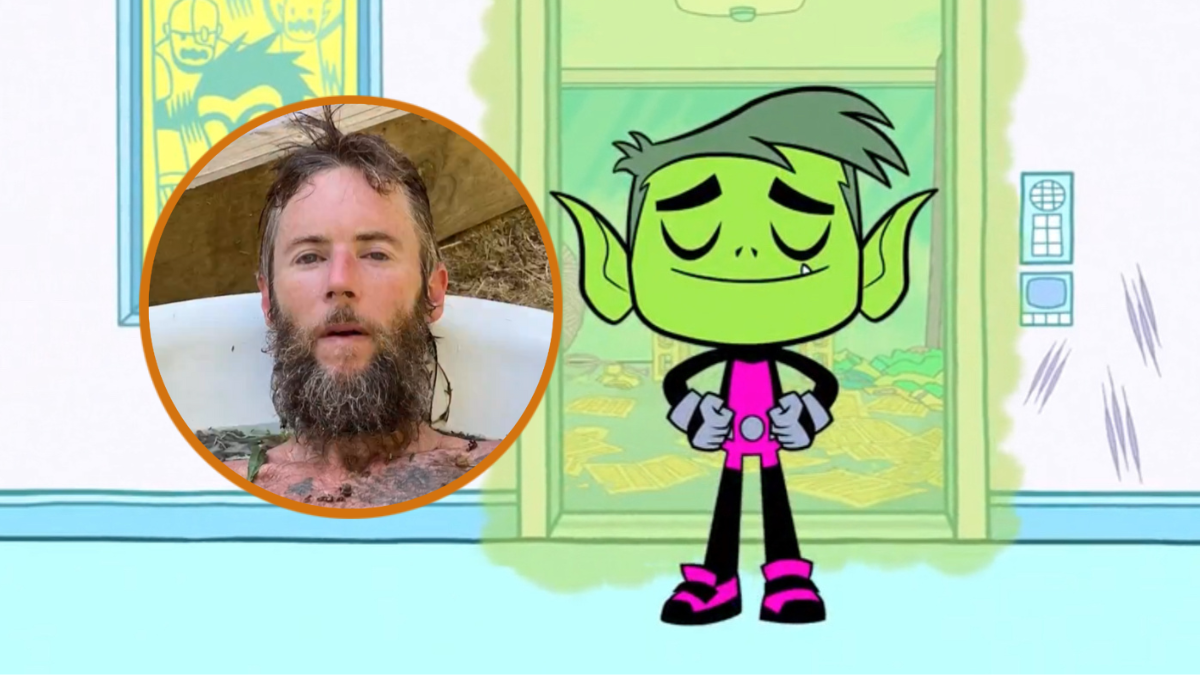

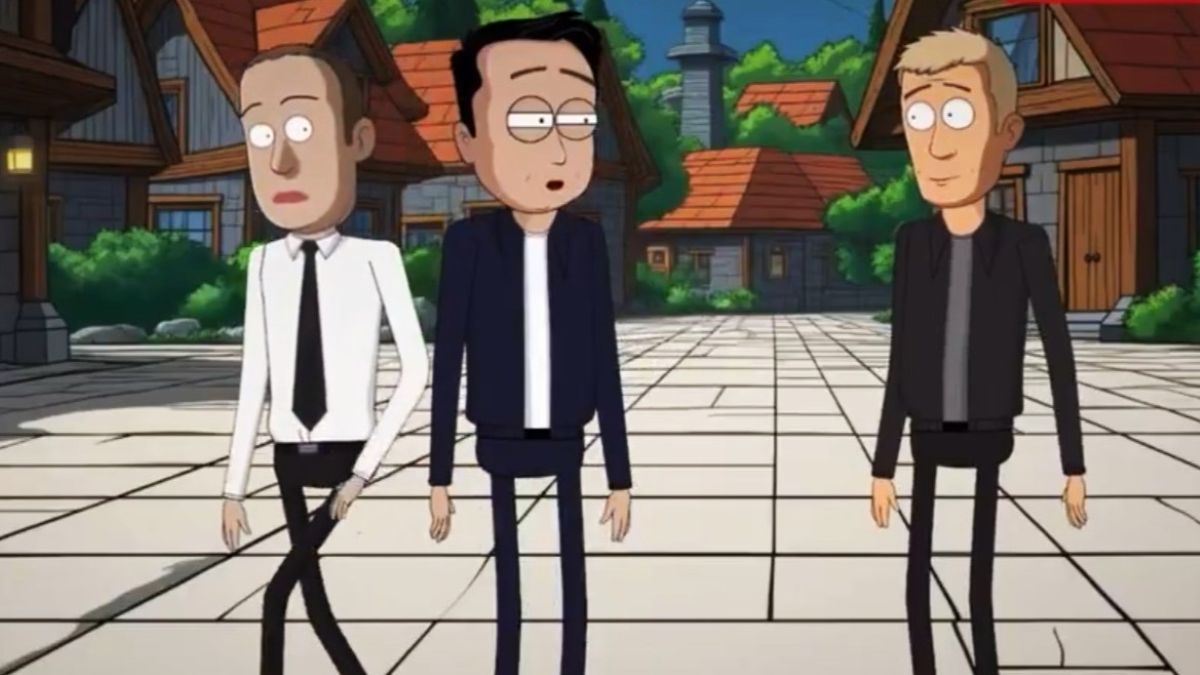

Published: Mar 24, 2023 11:58 am